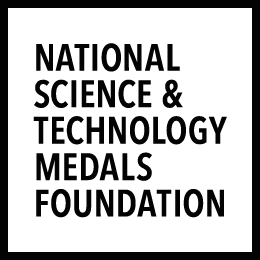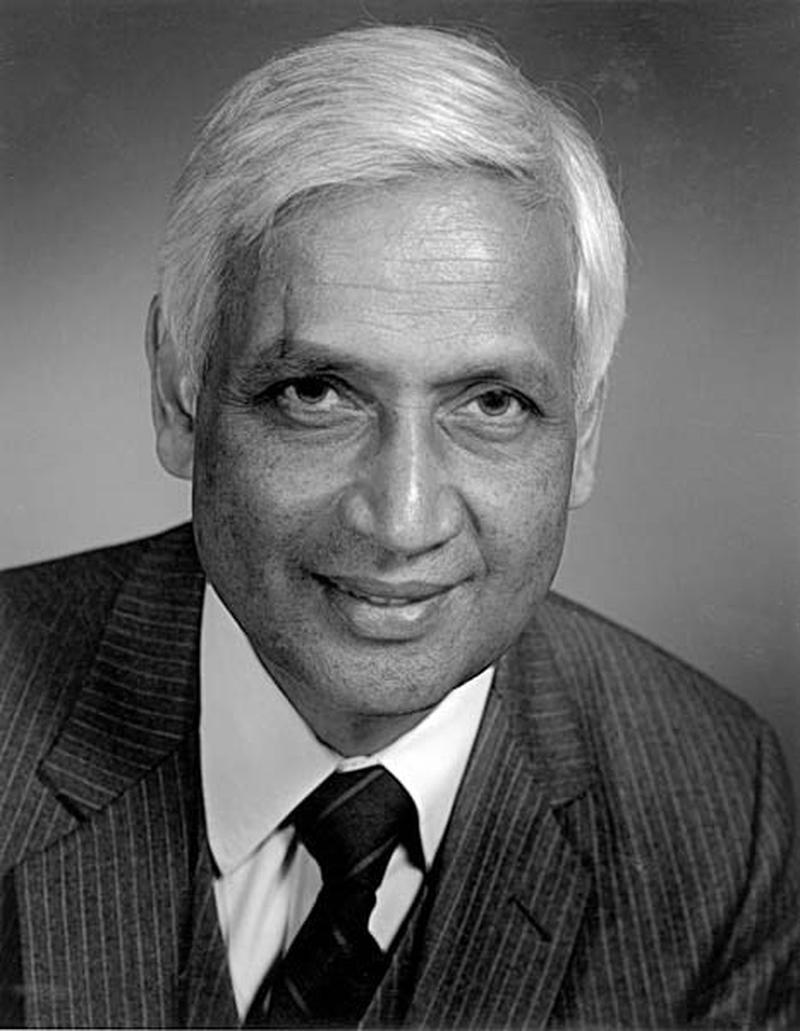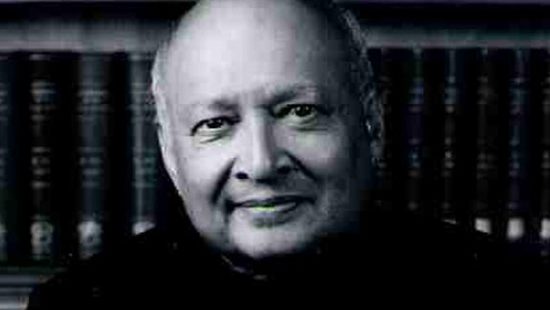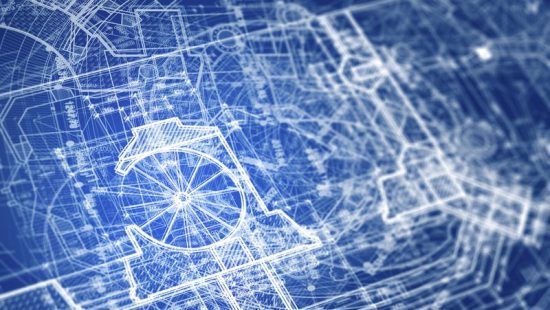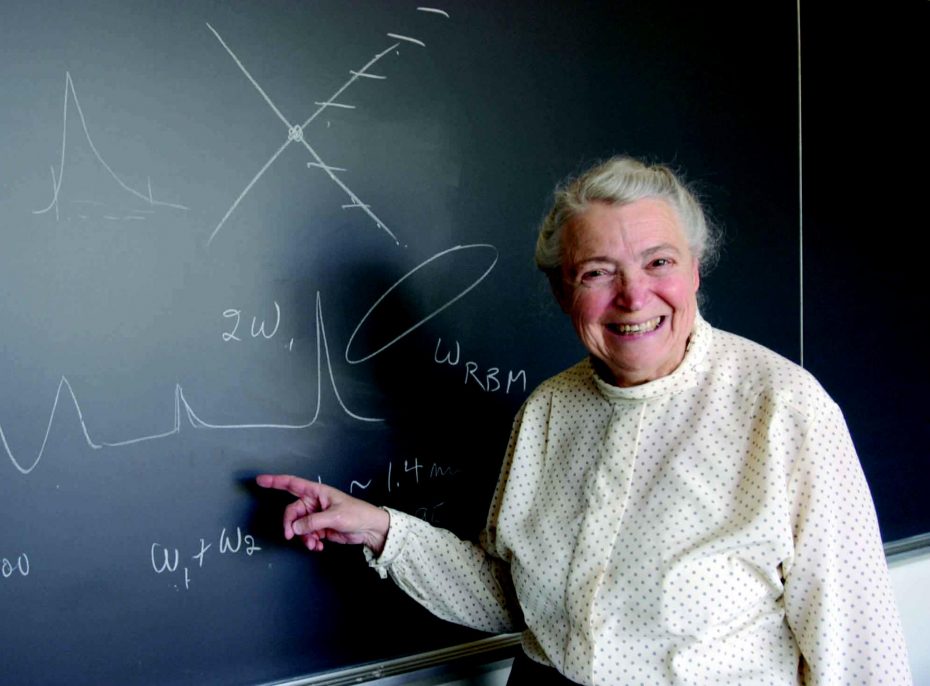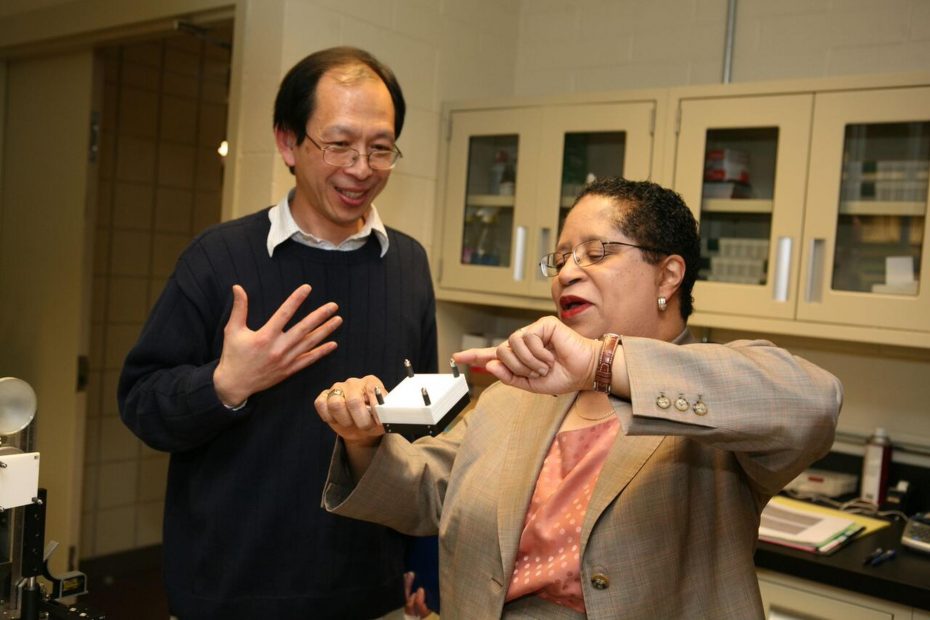There are many types of lasers that vary in strength, efficiency and utility. The carbon dioxide (CO2) laser is one of the most widely used in industry for cutting and welding, as a laser scalpel in surgery, and in laser skin resurfacing, invented by C. Kumar N. Patel in 1964.
Patel was hired by AT&T Bell Labs in 1961, where he worked for over 30 years. He began doing fundamental research in laser action in the pure rare gasses, which led to the discovery of laser action in carbon dioxide. He went on to invent an efficient vibrational energy transfer between molecules, and the combination allowed him to invent the nitrogen carbon dioxide (CO2) laser — the first gas laser to produce continuous high power radiation.
The CO2 laser has more practical applications today than any other type of laser. It has improved high-resolution and saturation spectroscopy and contributed to laser-induced fusion and nonlinear optics. In medicine, its primary use is in laser surgery, including the removal of tumors and various noncontact and noninvasive procedures, and is used in weather prediction, communications, and military applications.
By Jen Santisi
